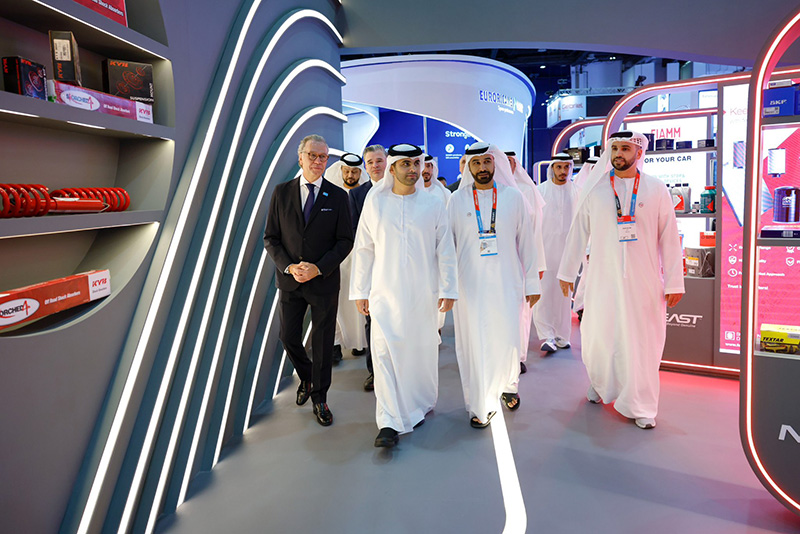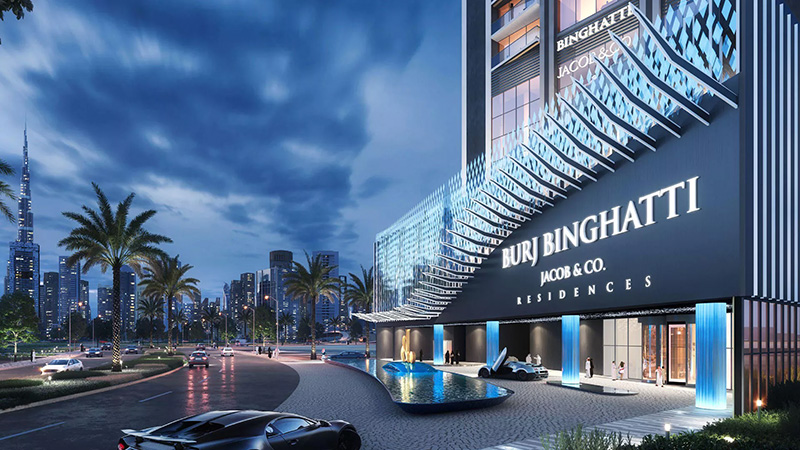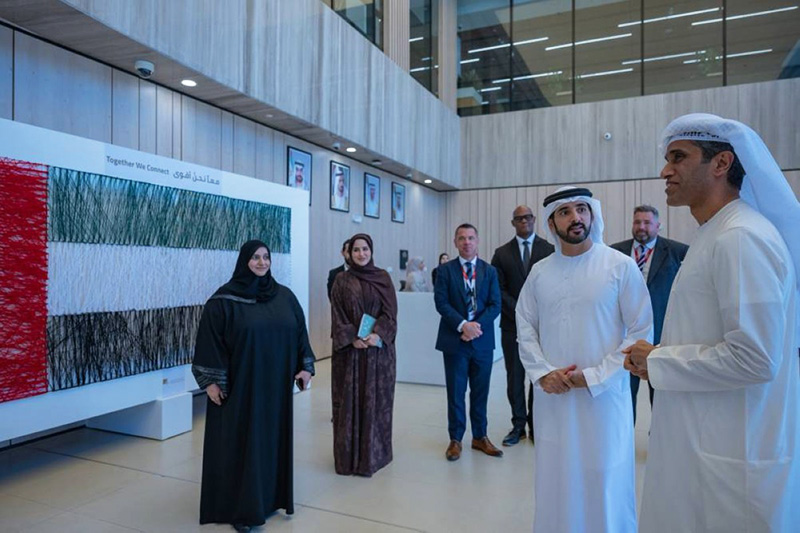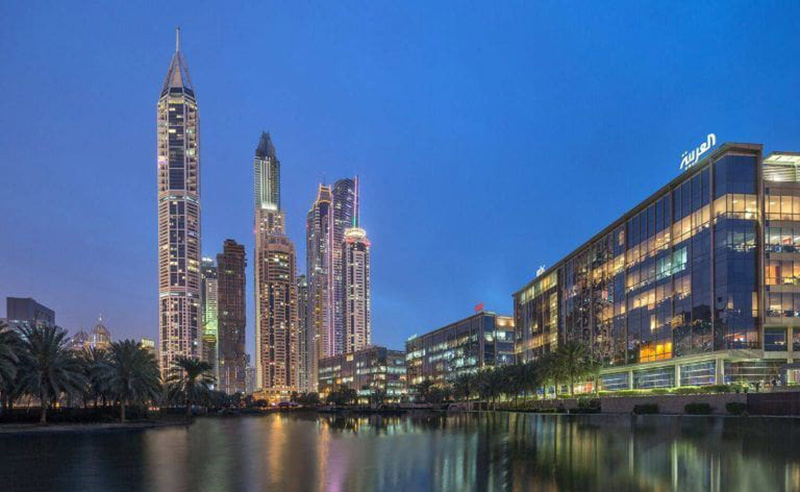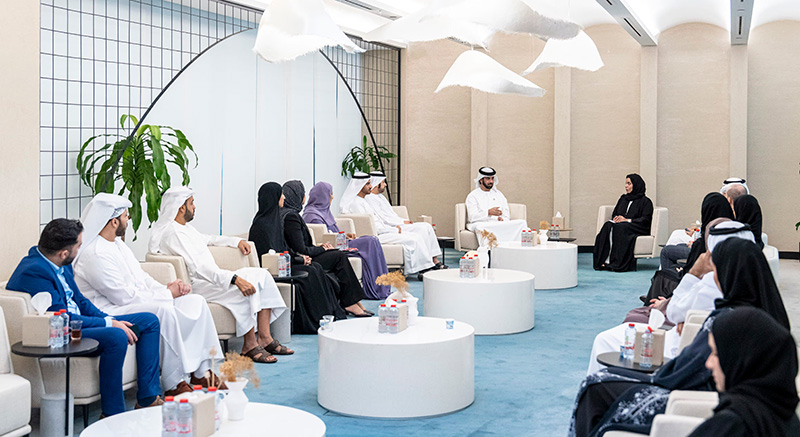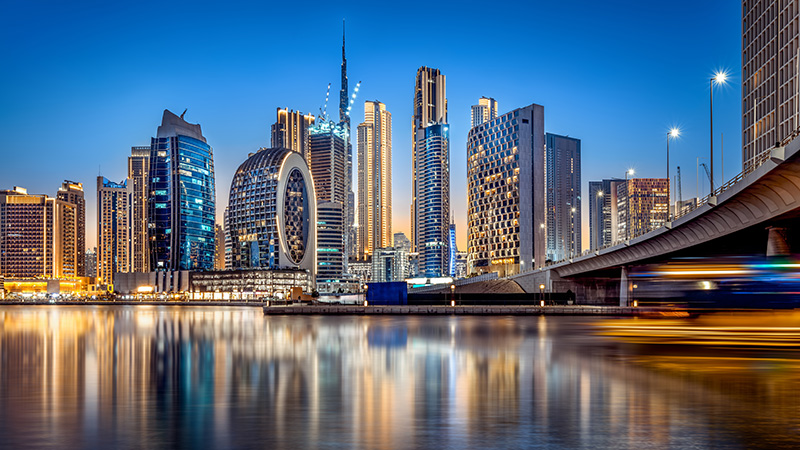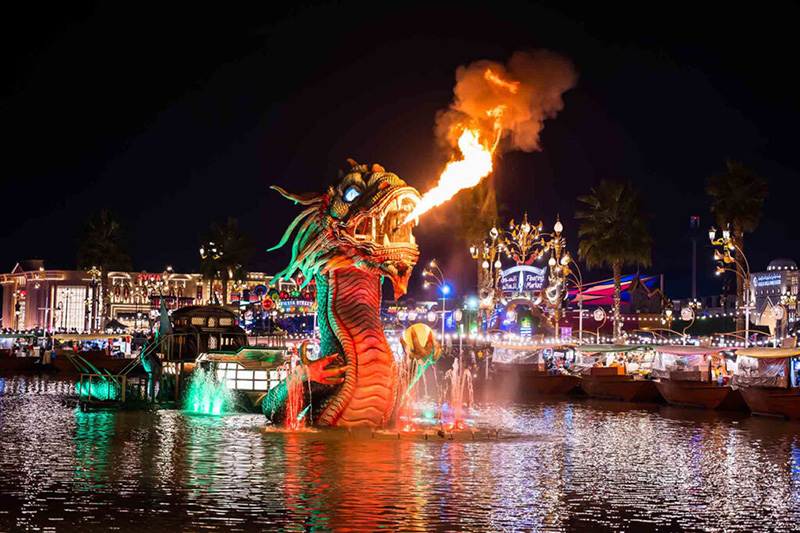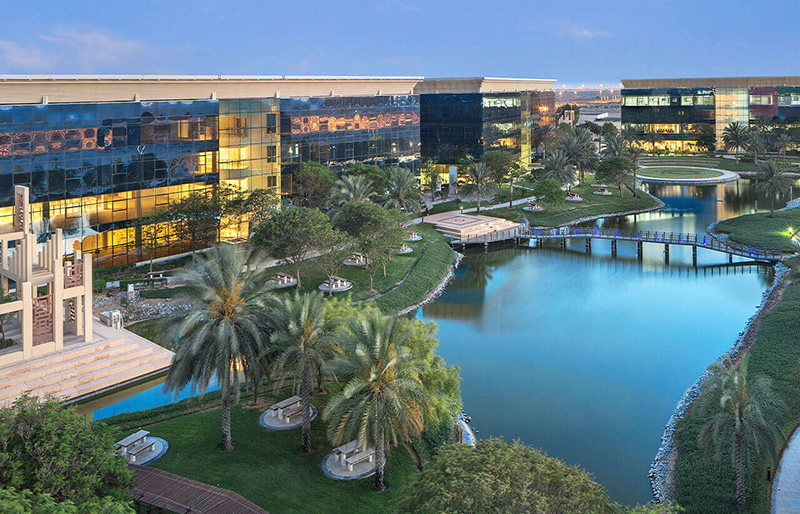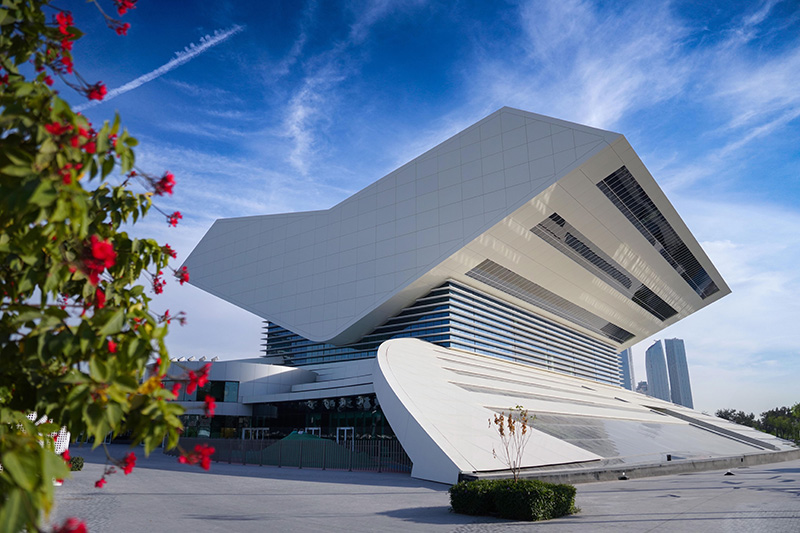
At the heart of Dubai’s growing cultural scene lies a space that feels like stepping into both the past and the future at once. The Maps and Atlases Library, nestled inside the Mohammed Bin Rashid Library, is far more than a quiet corner for reading. It’s a vibrant, living archive—home to thousands of historical maps, rare manuscripts, and immersive experiences that invite visitors to rediscover how we’ve come to understand the world.
This isn’t your typical library. With more than 7,700 knowledge items—including books, atlases, travel journals, paper maps, and multimedia in multiple languages—the Maps and Atlases Library feels like a crossroads where ancient Arab exploration meets modern digital imagination.
One of the first things that strikes visitors is the collection of over 690 carefully preserved paper maps. Each map tells its own story, offering a unique view of geography as understood by different civilizations over time. But what makes this collection even more remarkable is how the past meets the present—thanks to interactive technologies that allow visitors to explore these maps in entirely new ways. Using digital tools, visitors can zoom in, compare eras, and truly engage with the material instead of just reading about it.
But it’s not just the visuals that leave an impression—it’s the history behind them. Some of the world’s most fascinating journeys are recorded here. There’s the 10th-century expedition of Ahmad Ibn Fadlan to the lands of the Turks and Khazars, the epic travels of Ibn Battuta across Asia and Africa, and even Christopher Columbus’s own account of his 1492 voyage to the New World. A later edition of Marco Polo’s legendary travels also finds a home here. These aren’t just historical footnotes; they’re original narratives that shaped how people viewed the globe centuries ago.
Among the most treasured items are also rare historical atlases. The Atlas Maior from 1680 and the Theatre of the World, first printed in 1592 in Antwerp, are more than reference books—they’re masterpieces of early cartography that blend art, science, and storytelling.
The library doesn’t just dwell in the past, though. It welcomes the modern traveler and thinker with an impressive collection of recent works in travel literature. Books like America in an Arab Mirror, Tales on the Border, and Thus I Saw the World bring personal and cultural perspectives into the evolving dialogue of how we view our planet and each other.
And it doesn’t stop at books. The library comes alive with a range of cultural and educational events. These include workshops, author meet-ups, and community reading sessions. One standout event was an art-meets-cartography workshop titled “The World Between Lines and Symbols,” led by Polish architect Tyszka Lewandowska. It walked young minds through the evolution of mapmaking—from hand-drawn lines to satellite imagery—revealing just how much art and science go into every charted inch.
Behind the scenes, the library is powered by advanced digital infrastructure. Smart systems, AI tools, and even interactive robots help guide visitors and researchers alike through its offerings. It’s a place designed for everyone—students, scholars, children, seniors, and people of determination. With six membership options, it opens its doors to all kinds of learners and knowledge seekers.
In a world that often races forward without looking back, the Maps and Atlases Library offers a moment to pause and reflect—not just on where we’ve come from, but on how we’ve come to know where we are. It’s more than a collection of books and maps; it’s a living dialogue between heritage and innovation, between storytelling and science.
Dubai has set its sights on becoming a global center of culture and knowledge—and places like this make that vision feel entirely within reach. The Maps and Atlases Library doesn’t just preserve history. It brings it to life
